North Dakota
BISMARCK, NORTH DAKOTA
Continuing my attempt to avoid Coronavirus, I arrived in Bismarck on August 3 and stayed a week at the KOA there. North Dakota is a very large state that pretty much all looks the same—wheat and corn fields—with some sunflowers thrown in just to break up the monotony. But for those who are curious enough to look beyond the fields that flank the interstate, there is some wonderful history here as well as interesting geology on the western edge. There have been remarkable dinosaur skeletons found here and Lewis and Clark spent a winter here before moving into the uncharted territory between here and the Pacific Ocean. Bismarck is also home to Fort Abraham Lincoln, George Armstrong Custer’s last post before heading to Montana and engaging the Sioux at the Little Big Horn. And the rest, as they say, is history.
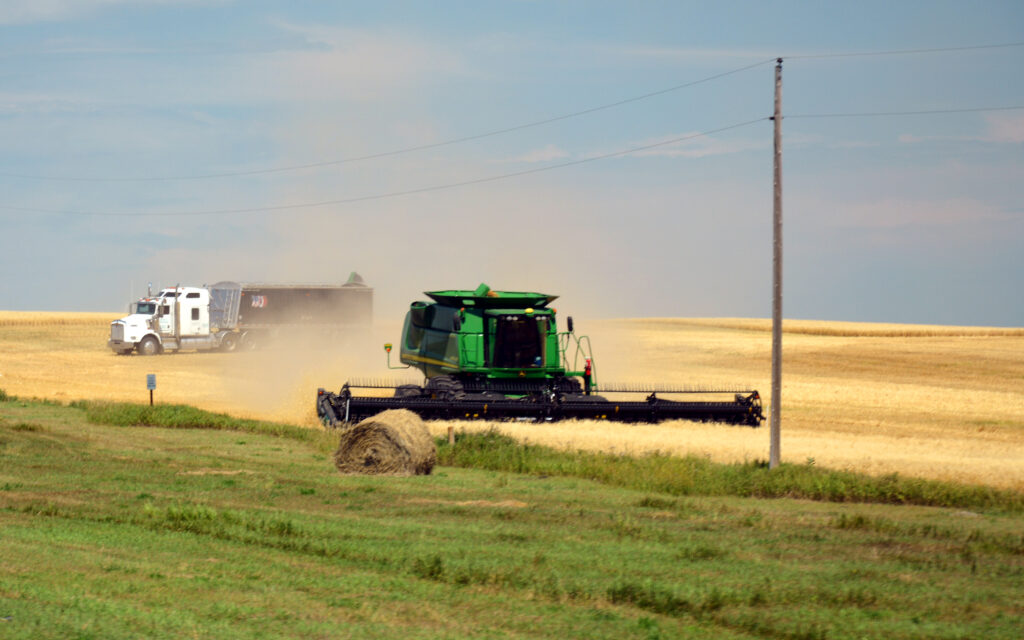
A combine cutting wheat.
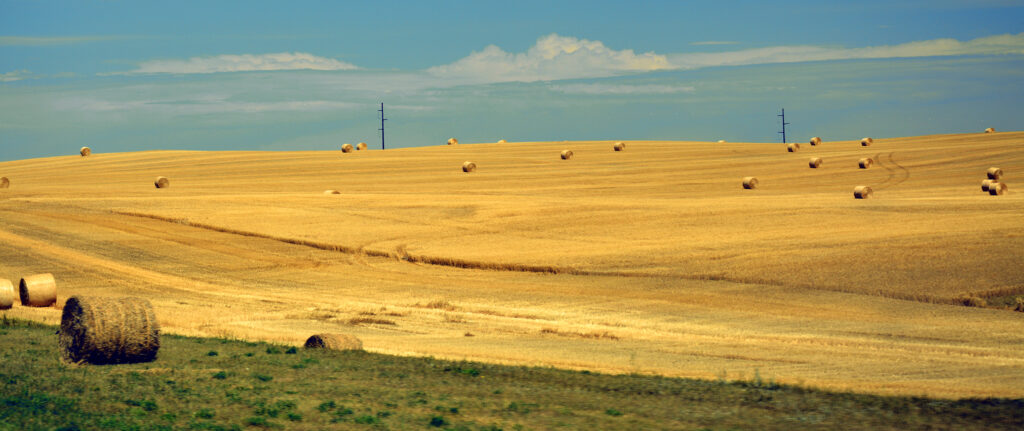
The wheat fields go on forever out here.
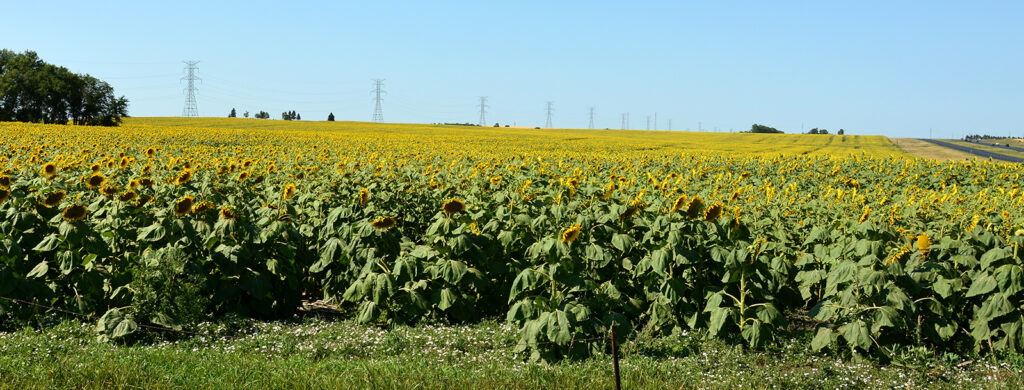
There are miles of sunflower fields along the highway.

The sunflower heads get so heavy they can no longer stand upright and seem to all be looking at the ground.
I took advantage of being in a large town to find a vet to see Tillie. She had lost five pounds and I was a little worried about her. She was diagnosed with hyperthyroidism, put on meds, and would need a follow-up and new blood test in 6-8 weeks in whatever town I happen to be in.

Sweet little Tillie had to see the vet while we were in Bismarck.
The North Dakota Heritage Center is a wonderful free museum with Native American exhibits, as well as other aspects of North Dakota history. The biggest draw here, though, is the dinosaur exhibit. Seeing the skeletons of a gigantic T-Rex or Triceratops is awe-inspiring and a little frightening. Some species are better off extinct. Better for humans, anyway.
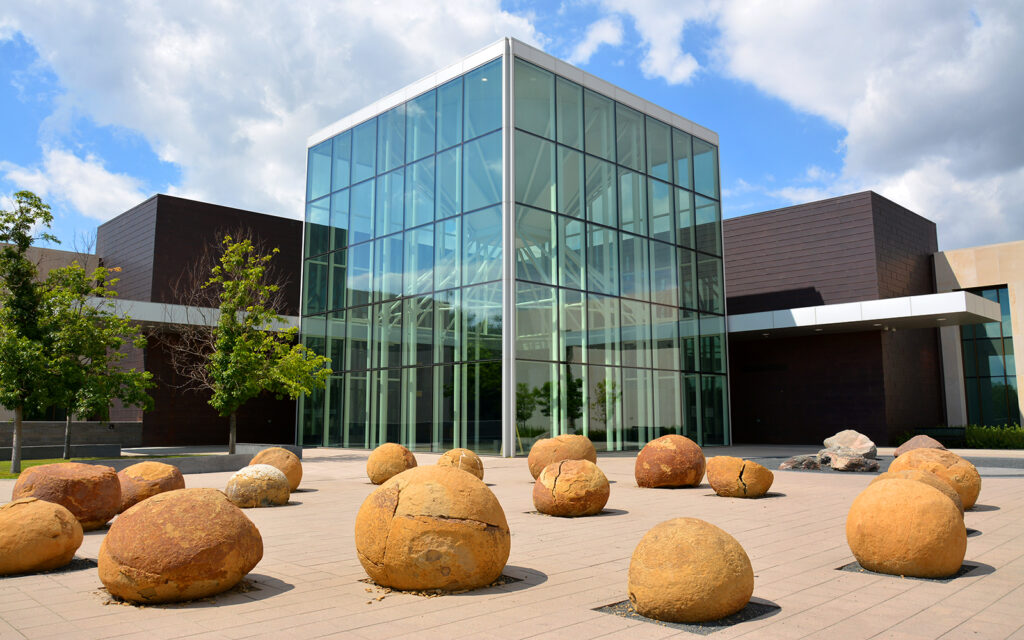
The North Dakota Heritage Center in Bismarck. The rocks on the plaza are geologic formations called Cannonball Concretions that are formed underground by mineral deposits encasing and object like a piece of petrified wood and growing over a long period of time as underground water continues to deposit minerals. Kind of like a pearl.

The view from inside the glass atrium.
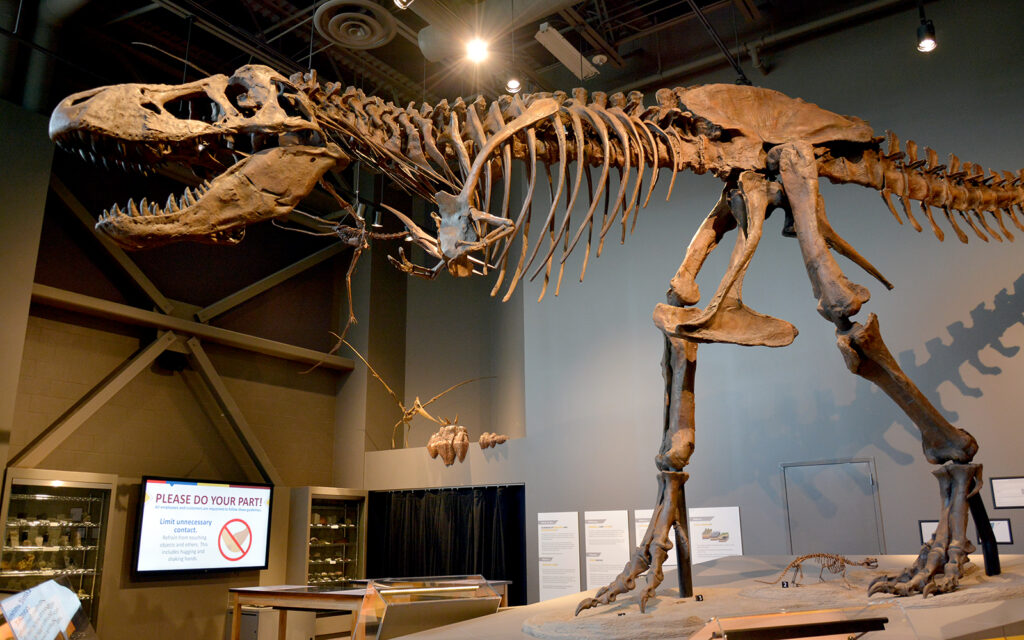
T-Rex.

Mastodon.
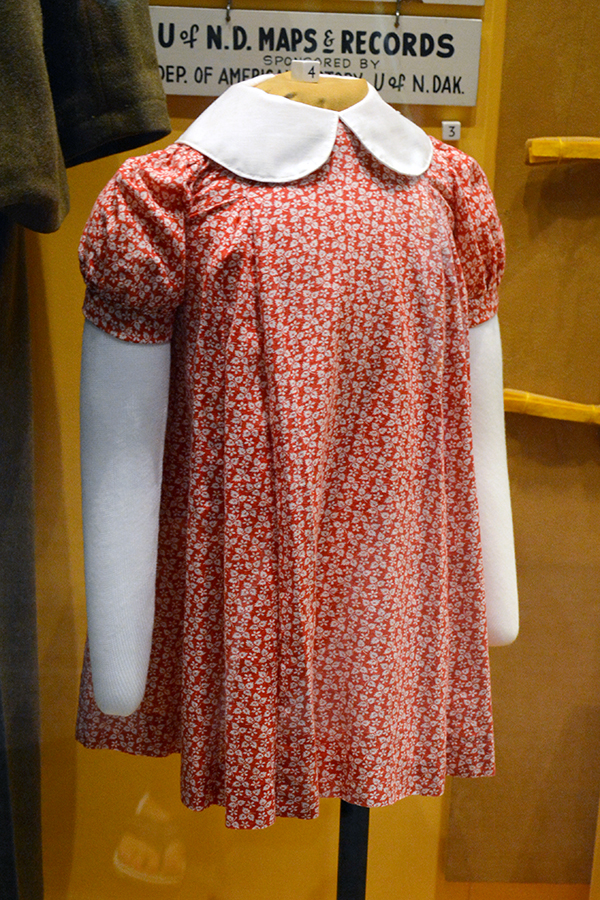
This dress is a different kind of dinosaur. The style is from the 1930s and is exactly the same as the doll dress I had to make in Home Ec sewing class in the 8th grade. Now I feel like a dinosaur!
Not far outside Bismarck is Fort Abraham Lincoln, one of the last outposts on the western frontier in the late 19th century. West of this point, trappers and explorers were on their own. In 1873, George Armstrong Custer was in command of the fort and the 7th Cavalry was housed here. The army provided money to build a house but it wasn’t enough to suit Custer’s taste so he utilized inferior materials to make the money stretch and built a much grander house befitting a man of his ego. Years later, when the fort was decommissioned, local residents scavenged lumber and materials from the house for use in their own homes. This house was rebuilt by the park service and to this day, there are homes in town with pieces from Custer’s last home.
While in command here in 1876, Custer took the 7th Cavalry west to Montana where they engaged the Sioux Nation in the Battle of the Little Big Horn where he and many of his men were killed.
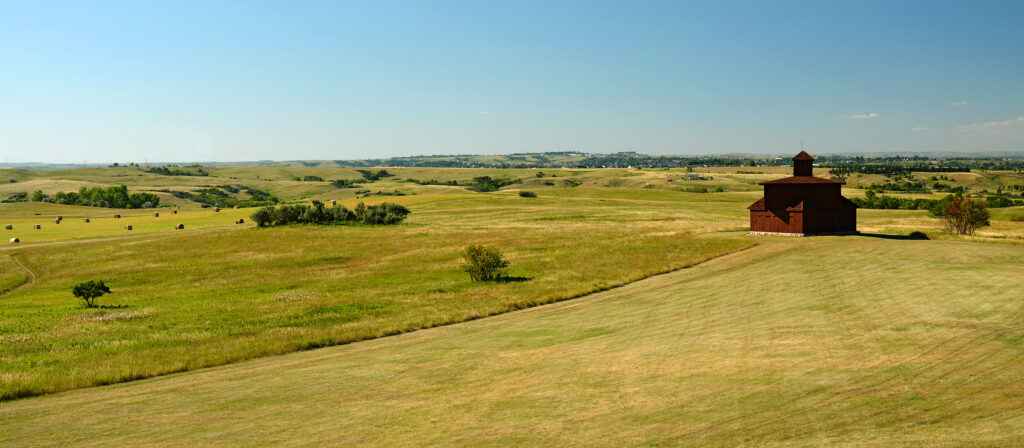
A lonely lookout post on the vast plains of North Dakota.
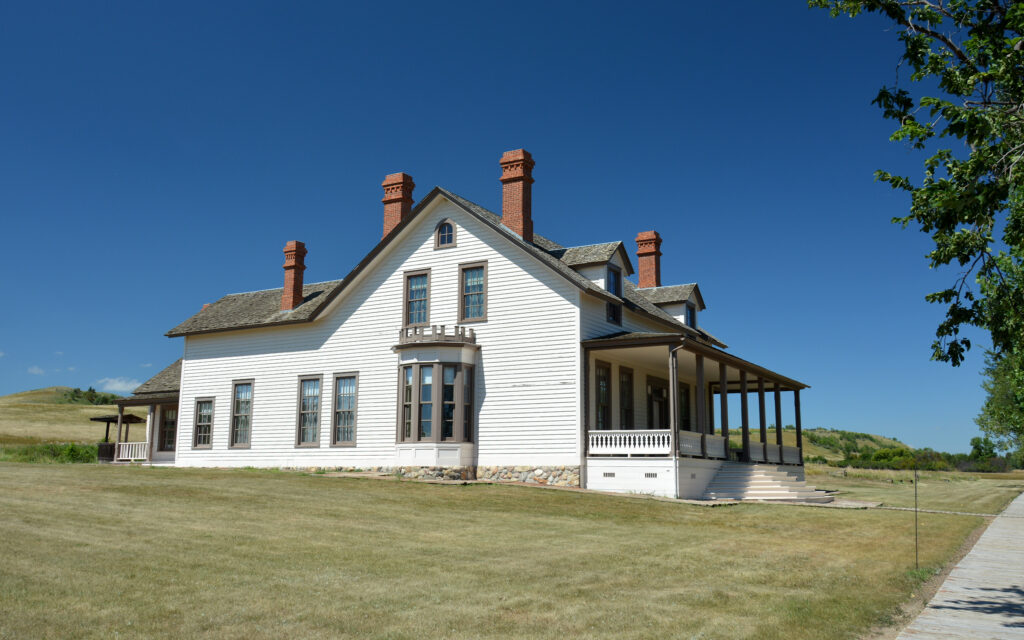
George Custer’s home at Fort Abraham Lincoln.
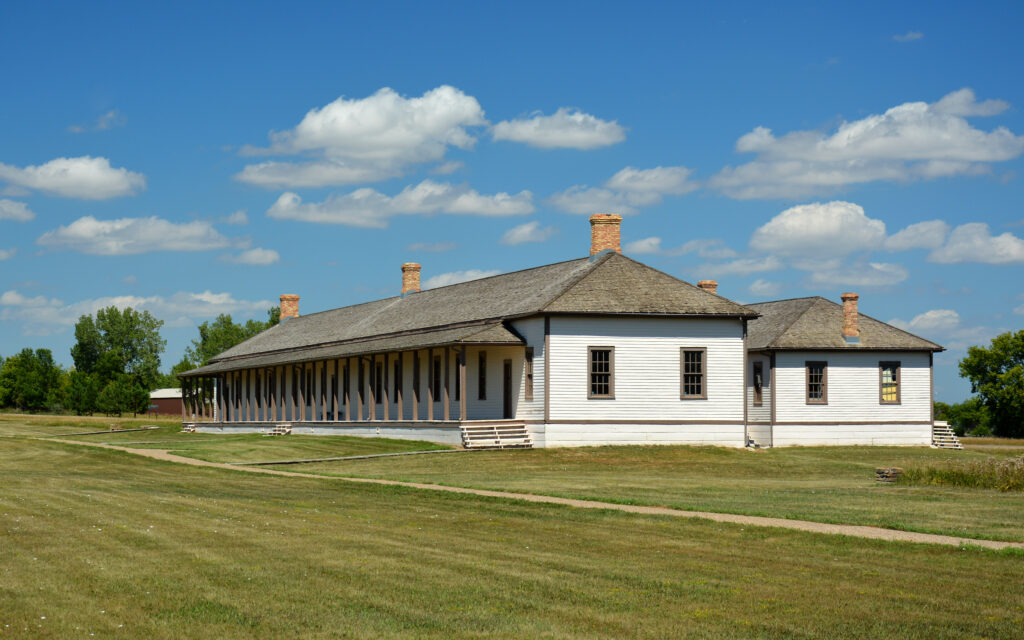
The cavalry barracks were quite comfortable while the infantry soldiers lived in tents on top of a nearby bluff.
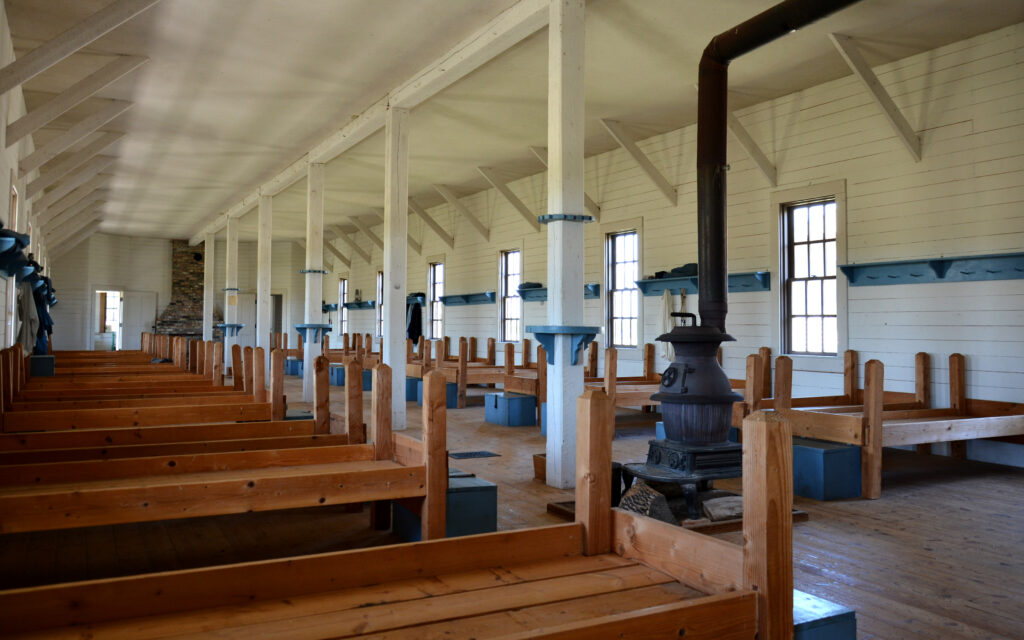
The interior of the cavalry barracks.
The Lewis and Clark Expedition left Illinois in May of 1804, traveling up the Missouri River through Missouri, Nebraska and the Dakotas to its headwaters in Montana. From there, they traveled several smaller rivers until finding the Columbia River and reached the Pacific Ocean in northern Oregon in November, 1805. They were in central North Dakota when winter came in 1804-1805 so they stopped and built a small fort to wait for the weather to improve. They named it Fort Mandan after the local Indians they befriended. In Washburn, north of Bismarck, is the Lewis & Clark Interpretive Center and nearby Fort Mandan that are operated by the state park service.
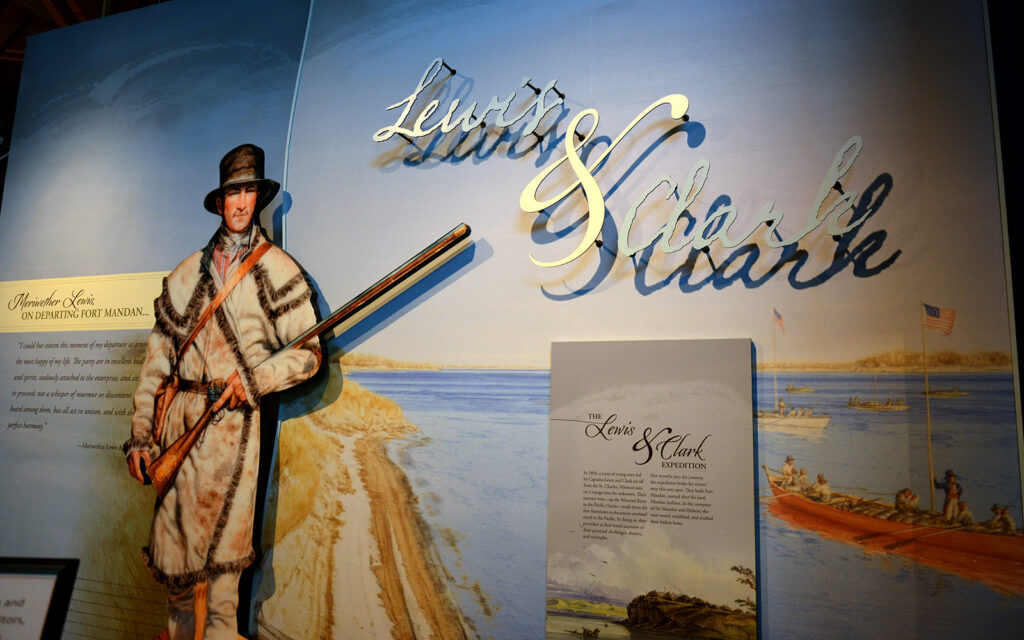
The Lewis and Clark Interpretive Center in Washburn, ND.

Fort Mandan was built by the Lewis and Clark Expedition to spend the winter of 1804-1805.

Inside the walls of Fort Mandan.
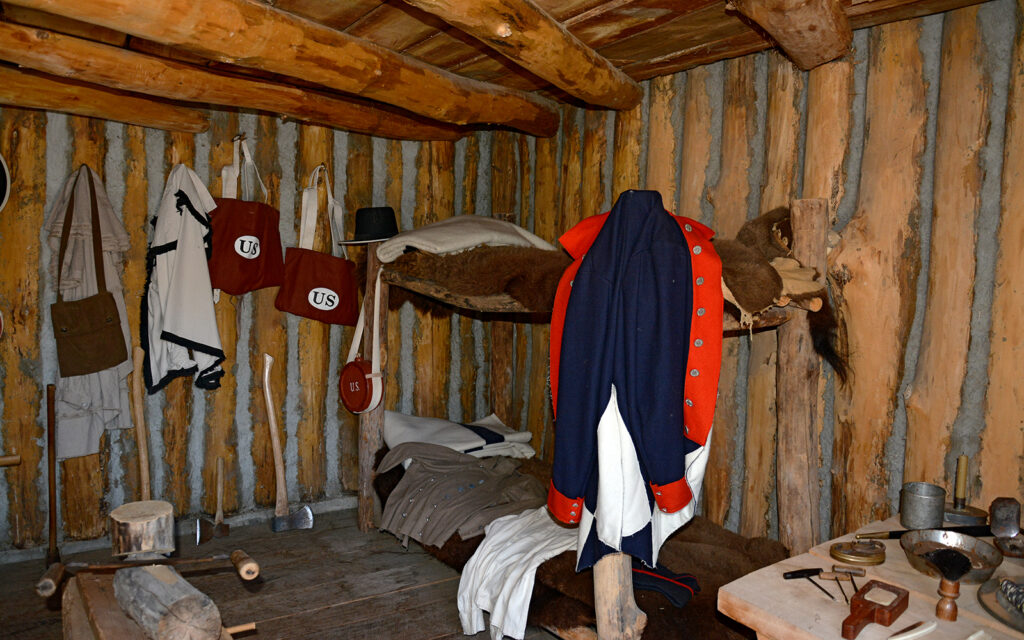
Sleeping quarters for some of the soldiers on the expedition.
As I moved west toward Montana, I stopped at the Exit 32 rest area on I-94 where I was treated to a panoramic view of Painted Canyon, a section of badlands geology that is part of Theodore Roosevelt National Park. I have plans to stay at the park for a week in early September but first, I’m off to explore Eastern Montana.
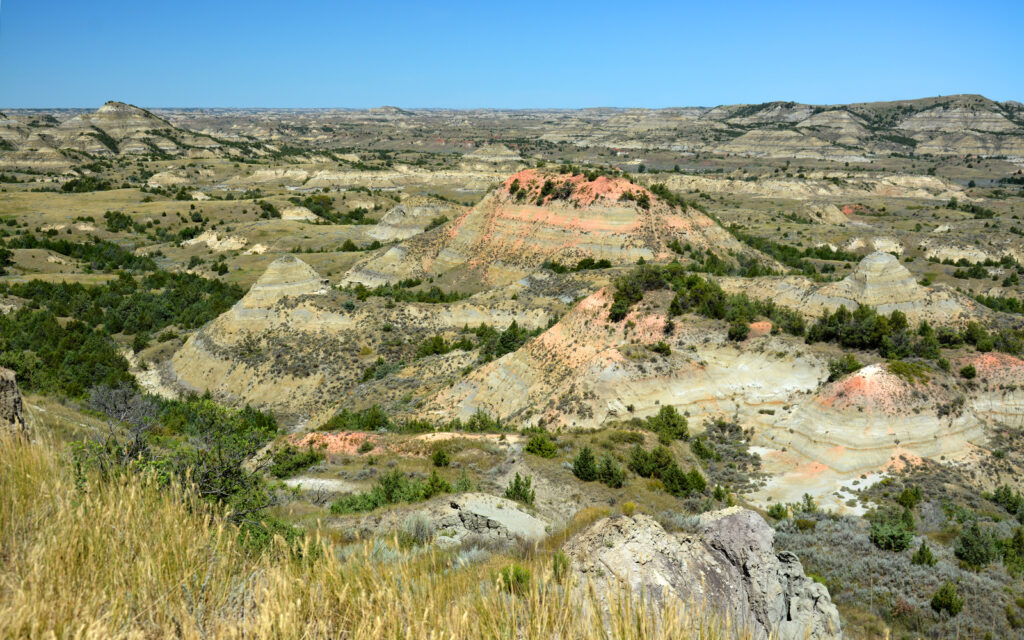
The view of Painted Canyon from the rest area at Exit 32 on I-94, just east of Medora, ND.
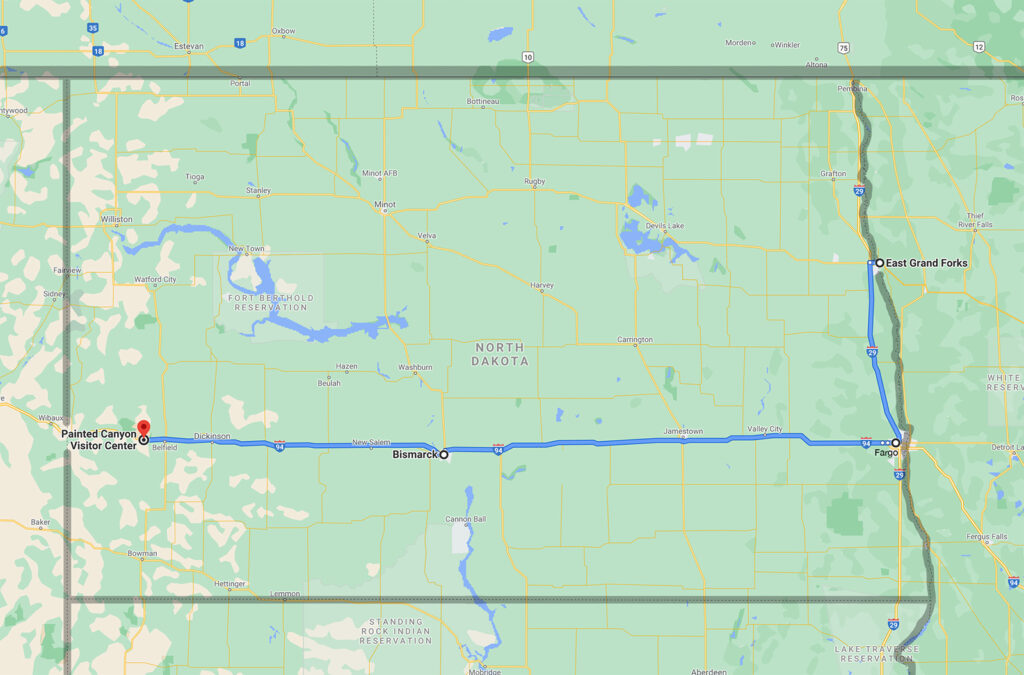
My 400-mile route from East Grand Forks, Minnesota to Bismarck, North Dakota and then to the Montana border.
Next post: Eastern Montana.

My name is Lindsay Reed and I’m a photographer and retired graphic artist with a passion for both lighthouses and road trips. I am living as a full-time solo RVer in my 33 foot Grand Design Reflection Fifth Wheel trailer and plan to spend the next few years traveling the U.S. and Canada photographing not only lighthouses, but everything else there is to see in this wonderful land. I hope you enjoy my blog and will follow my adventures in the months and years ahead.